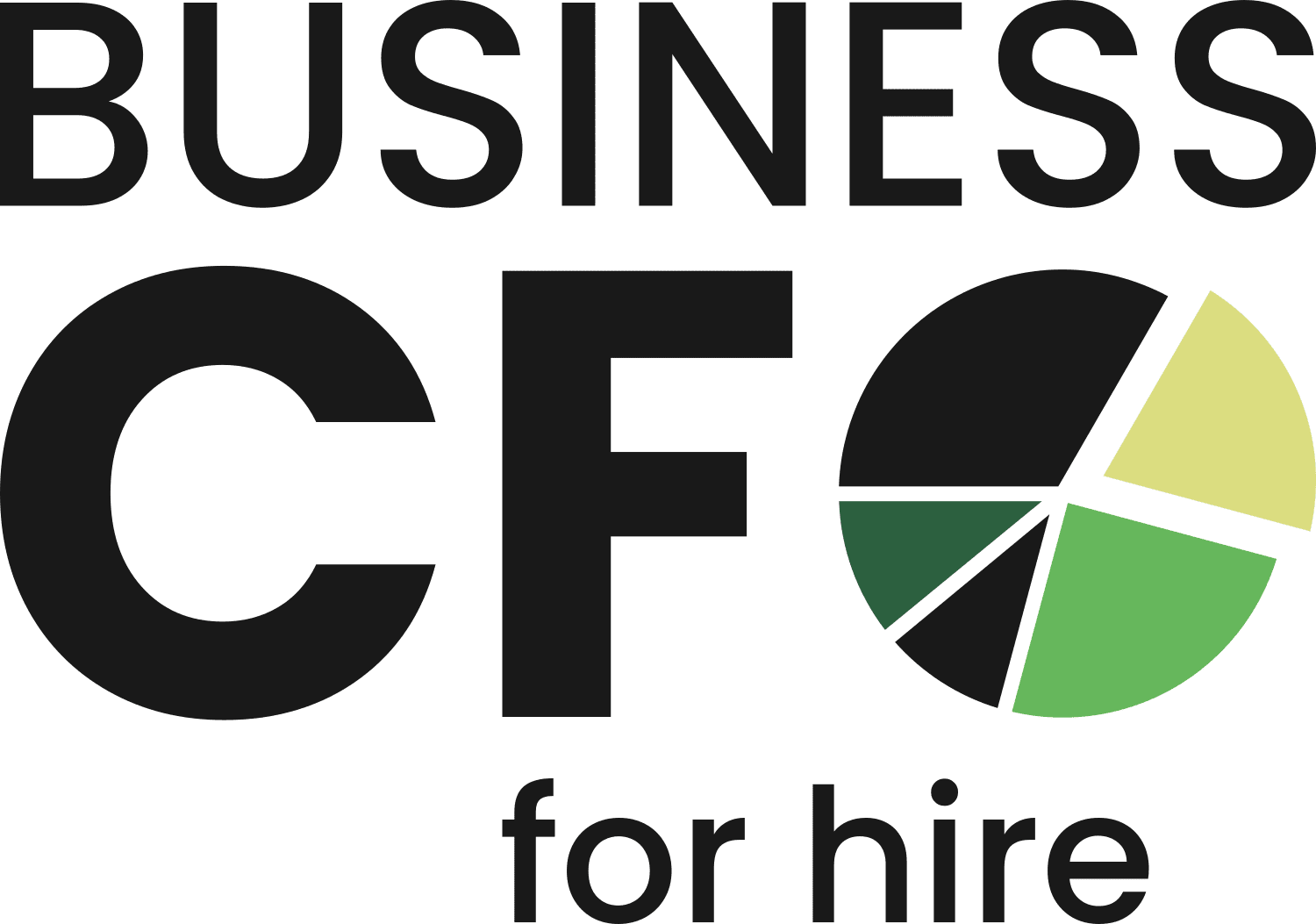For small manufacturers, cash flow forecasting isn’t just a financial task—it’s mission critical. With challenges such as long production cycles, upfront costs, and delayed receivables, one missed projection can stall operations or put growth plans at risk. But with the right systems and habits in place, forecasting becomes a powerful tool for planning and protecting your business. Here are five ways to strengthen your forecasting process—and how a Manufacturing CFO can help build it with you.
1. Implement a 13‑Week Rolling Forecast
Annual budgets are too static, and short-term forecasts don’t give enough lead time. That’s why a 13-week rolling cash flow forecast is the go-to model for manufacturers. It gives you a clear window into near-term cash needs—enough to secure financing, delay expenses, or speed up collections if needed. By updating it weekly, you can spot cash crunches before they escalate, and make adjustments that keep production moving and vendors paid.
2. Automate Data Collection
Manufacturers often deal with complex systems—ERP software, invoicing tools, bank feeds, and more. Relying on manual data entry slows down the process and increases the risk of errors. By automating the flow of financial data from your accounting and operational systems into your forecast, you save time and ensure the numbers are up to date. That real-time visibility can mean the difference between reacting too late and making a proactive decision that protects your bottom line.
3. Anchor Forecasts on Real Data
Cash flow projections don’t need to be perfect—but they do need to be grounded in reality. Instead of guessing, use recent transaction history, payment trends, and production costs to build forecasts that reflect what’s actually happening in the business. If your days sales outstanding (DSO) is climbing, or raw material prices are spiking, that needs to be baked into your projections. A forecast built on real, current data helps you move from guesswork to confident planning.
4. Make It a Collaborative Effort
The most accurate forecasts are built with input from across the organization. Sales can provide insight on timing of receivables, purchasing knows when major expenses are coming, and operations can forecast production timelines. When each department contributes, your forecast becomes a living tool—one that reflects actual workloads, vendor dynamics, and market realities. This cross-functional collaboration ensures your plan isn’t just theoretical—it’s actionable.
5. Tie Forecasting to Production and Inventory Metrics
In manufacturing, cash is tightly connected to your operational rhythms. Forecasting without linking to production schedules or inventory levels misses critical signals. Track metrics like inventory turnover, work-in-process aging, and days payable outstanding to see how operations will impact cash flow. By aligning your financial model to what’s happening on the shop floor, you’ll be able to spot bottlenecks, optimize timing, and avoid being blindsided by cash gaps caused by supply chain lags or overproduction.
How a Manufacturing CFO Helps Build These Systems
These forecasting habits are powerful—but implementing them takes strategy, structure, and consistency. That’s where a Manufacturing CFO can make a difference. They bring high-level financial expertise without the cost of a full-time hire and can design and manage your 13-week rolling forecast, set up system integrations, and interpret key metrics from operations and finance. The CFO role is evolving and they’ll guide collaboration across departments, lead scenario planning, and use variance analysis to continually improve the forecast’s accuracy. With a partner like this, your cash flow forecast becomes more than a spreadsheet—it becomes a decision-making tool that supports growth, stability, and scale.

